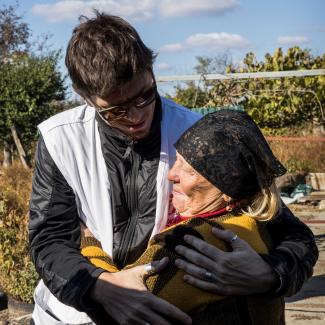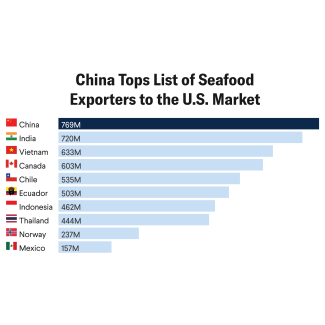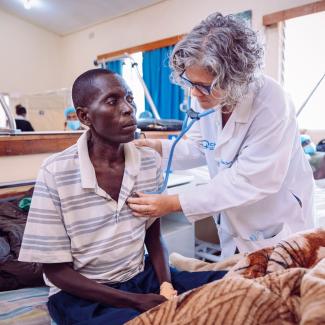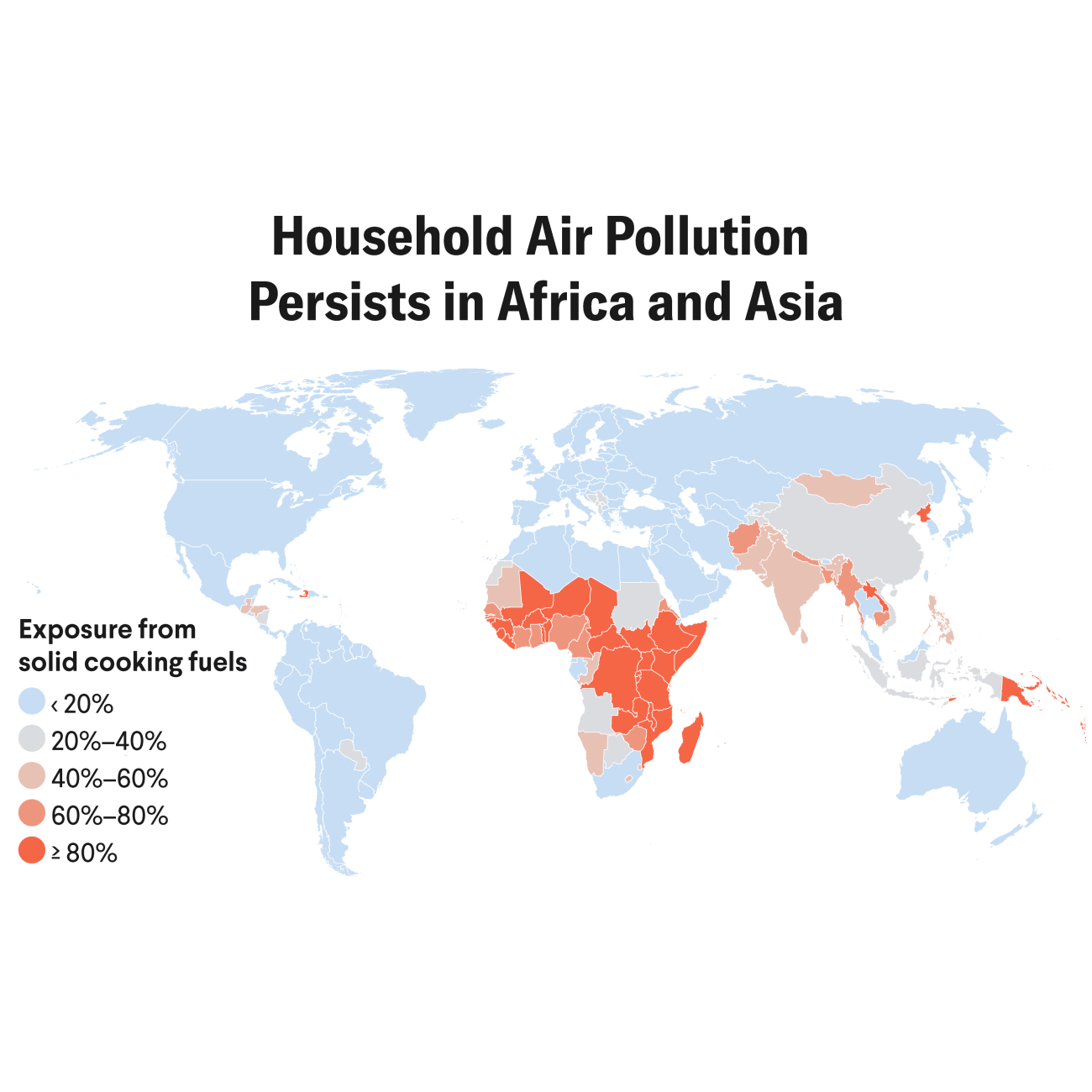Much has been said about the impacts of the climate crisis, from food and water shortages to economic disruption. From where I sit, though, the world is not paying nearly enough attention to the difficult situations that the crisis is forcing on women and girls each day.
The Lunia Centre for Youths, which I founded in Zimbabwe in 2022 to promote climate justice, gender equality, and equitable health services for all, is addressing the rising threat of climate change by supporting community resilience in promoting the health and rights of young people.
Across Zimbabwe and many other countries, teenage girls and young women should be able to focus on their studies, plan for their futures, and choose whether or when to have children.
Instead, they are often robbed of those rights and opportunities as climate change worsens existing inequities. Women bear the brunt of fetching water for their families as the wells run dry, face a heightened risk of sexual violence when they sleep, bathe, or dress in emergency shelters, and all too often get married, give birth, and are forced to drop out of school due to increased economic pressure on their parents. Rising temperatures and extreme weather also disrupt agriculture, the main economic driver in Zimbabwe, destroying crops and eroding the power and sense of dignity that women and girls gain from working in the sector, as well as contributing to food insecurity and malnutrition.
It does not need to be this way. By focusing on expanding access to sexual and reproductive health services, empowering young people with knowledge, and changing attitudes, we have demonstrated that local efforts can produce grassroots change.
Africa's Climate Emergency
Droughts, floods, and other extreme weather events disrupt food production, damage water supplies, and cause breakdowns in infrastructure. It is a global challenge, but it is especially acute in Africa, where rates of maternal mortality and unmet family planning needs are already high, just as levels of gender-based violence and child marriage are increasing. Of all regions, sub-Saharan Africa is projected to have the largest proportion of the 132 million people who could be pushed into extreme poverty by 2030 due to climate change.
The ripple effect of climate change on women and girls cannot be underestimated
The impacts of climate change across the continent are devastating. In Uganda, research shows that during prolonged droughts women and girls are forced to make more frequent and longer journeys in search of food and water, which makes them vulnerable to assault, and some are manipulated into exchanging sex for goods they need. In Mozambique, a cyclone in 2021 hampered access to contraception, leaving more than 20,000 women vulnerable to unintended pregnancies. In countries such as Ethiopia and Malawi, floods, heat waves, and other shocks drive families deeper into poverty, increasing rates of child marriage.
My country, too, is seeing the fallout. Zimbabwe, which has faced an ongoing cholera outbreak linked to climate change, was forced to declare a state of emergency in April due to severe drought and to appeal for billions of dollars in humanitarian assistance. Fueled by the El Niño weather pattern, the crisis is affecting most other countries in southern Africa, prompting the declaration of similar emergencies in Malawi and Zambia.
The ripple effect of climate change on women and girls cannot be underestimated. Irregular rainfall will affect food production in places where irrigation systems are lacking, including rain-fed agriculture—and maize—which is the mainstay of every meal. The pressures for child marriage are also known to increase in times of scarcity and following extreme weather events as families exchange their girls in a desperate bid to survive. Moreover, climate events can severely alter the physical and mental well-being of teenage girls at a time when they are due to start having periods.
Young girls, meanwhile, face a growing risk of malnutrition that could stunt their development as food supplies become scarce and water shortages raise the danger that households will turn to unsafe water sources, increasing the spread of cholera and other diseases. Even on weighing days, when community health-care workers come to check on the progress of young children, clean water is not available. Climate change adds to existing pressure on health-care facilities, which in some cases are struggling to cope as nurses, midwives, and doctors leave the country for opportunities abroad.
The Lunia Centre
The Lunia Centre was named for my mother, who has devoted her life to helping others. As a community health worker, she delivered medical supplies, contraceptives, and trusted advice to the community, filling a much-needed gap for the people in my village. Watching her take care of our neighbors and providing a lifeline that changed the trajectory of many of their lives led me to focus on sexual and reproductive health and rights (SRHR), a crucial need in my country, which has high rates of sexually transmitted infections and teenage pregnancies.
Today, the Lunia Centre, supported by the Global Financing Facility for Women, Children and Adolescents (GFF), advocates for resilient infrastructure such as solar-powered water pumps and irrigation systems in a bid to address the challenge of water scarcity and help pregnant women, some of whom are forced to seek out fresh water to wash after giving birth. We also focus on nutrition, encouraging women and children to take advantage of free vitamin supplements. That is a crucial intervention given that the climate crisis leads to failed crops, leaving populations with less to eat and threatening nutrition for women and children.
Zimbabwe, like many countries in the region, is young. Almost two-thirds of our people are younger than 25. It could be easy to feel despair, but when I see young people empowered to speak up for themselves, their communities, and their futures, I am filled with optimism.
I sit on a national platform for health where I share evidence and stories of what women and children are experiencing. In the past few months, the Lunia Centre has trained some 400 young people who are now sexual and reproductive health advocates in their communities. They are providing educational materials on safe sex practices, telling their peers about services in state- and NGO-supported health centers, and engaging with community leaders to advocate for better services. Together we are monitoring investments made and checking they are reaching those who need them most.
A Call for Action
Funding now needs to meet the growing needs of women and girls.
In many parts of the developing world, the health of women and girls has been underfunded for far too long, and efforts to address the gaps are falling short. This was already the case but is now compounded by the impacts of climate change that further threaten their rights and opportunities.
The health of women and girls has been underfunded for far too long, and efforts to address the gaps are falling short
More than 60 countries are off track in meeting maternal, newborn, and stillborn mortality reduction targets. The World Bank estimates that about 40 governments will spend less on health between now and 2027 than they did prior to the COVID pandemic.
The particular problems facing women and girls in this crisis are often overlooked. Of the 119 countries that have published national climate plans, only 38 integrate SRHR or gender-based violence—and many of those only refer to certain aspects of these topics, such as maternal and newborn care.
In the meantime, the situation is deteriorating.
The task is daunting—but I believe that the global community can help turn things around with the right level of resources, directed where they are needed most. Already, Zimbabwe is seeking to introduce new climate mitigation and adaptation measures even as it also takes steps to protect women. The country is expanding a voucher program to provide free maternal health services in the poorest communities, supported by the World Bank and the GFF.
When global leaders meet to discuss climate change, I hope they will put themselves in the shoes of a teenage girl in Zimbabwe who makes the potentially hazardous journey to find water, is forced to leave school because of how long that now takes, or is pushed into sex work to support their family. I urge them to keep those young women at the front of their minds.
This is a crisis that will grow worse without action. Leaders can make a choice to invest in the health and rights of women and girls to deliver enormous social and economic gains.





